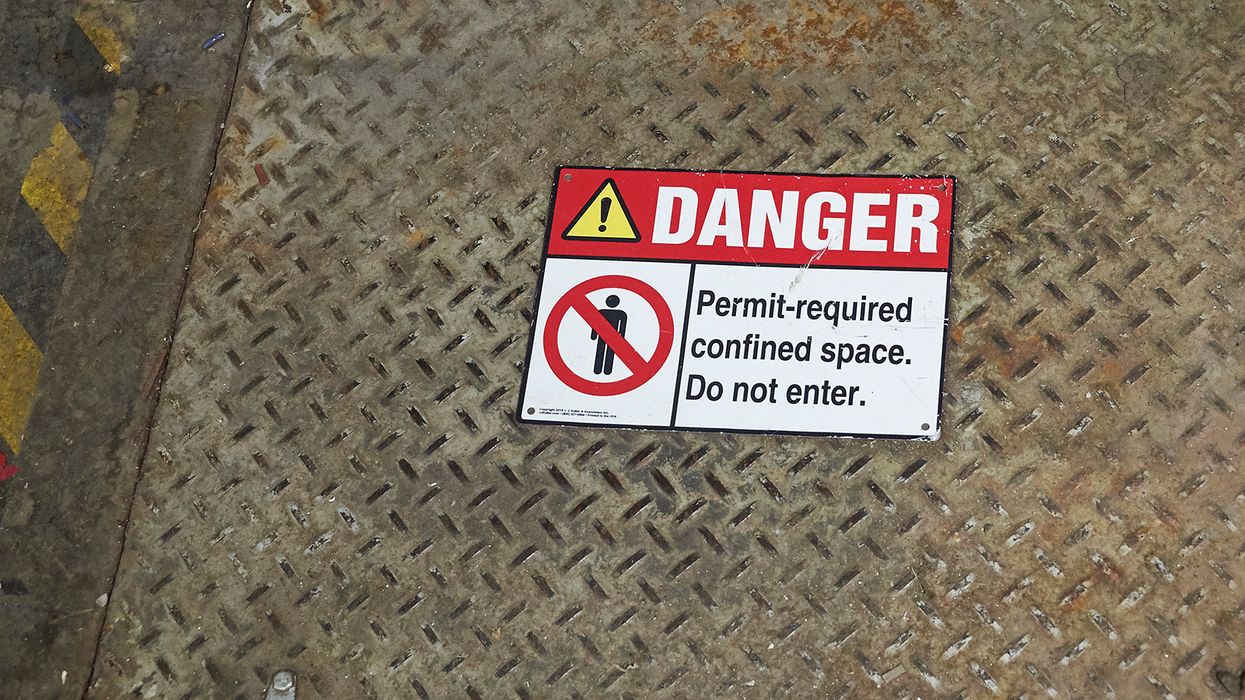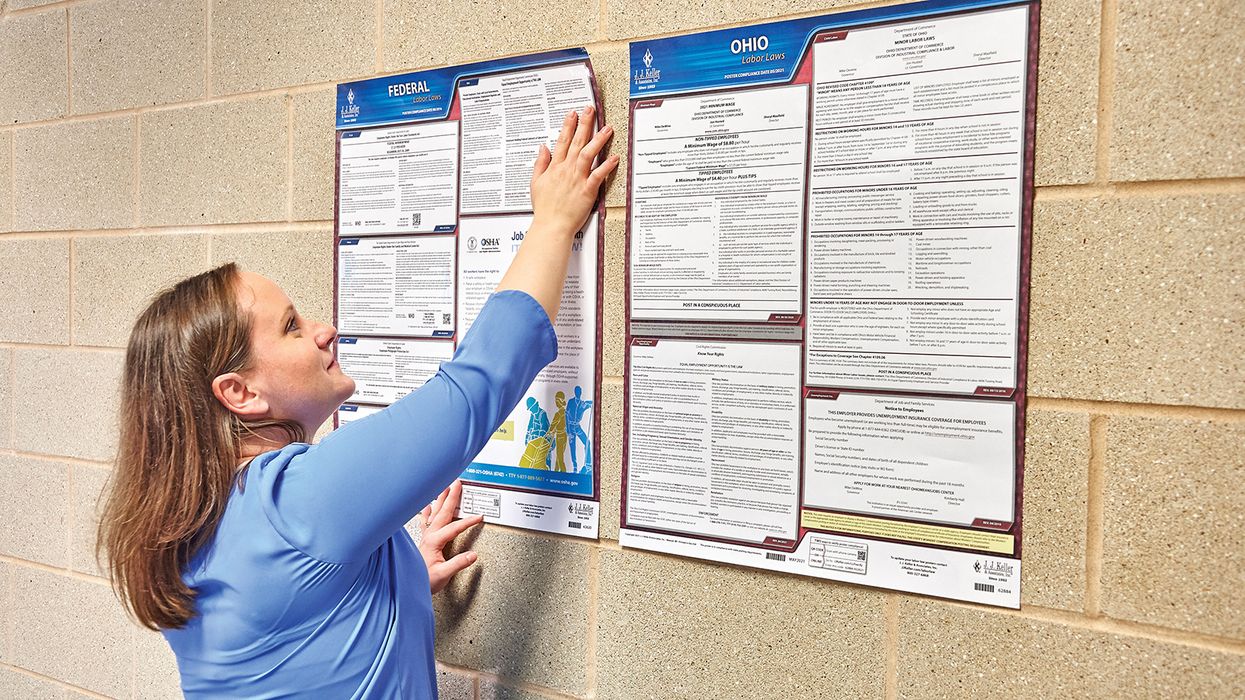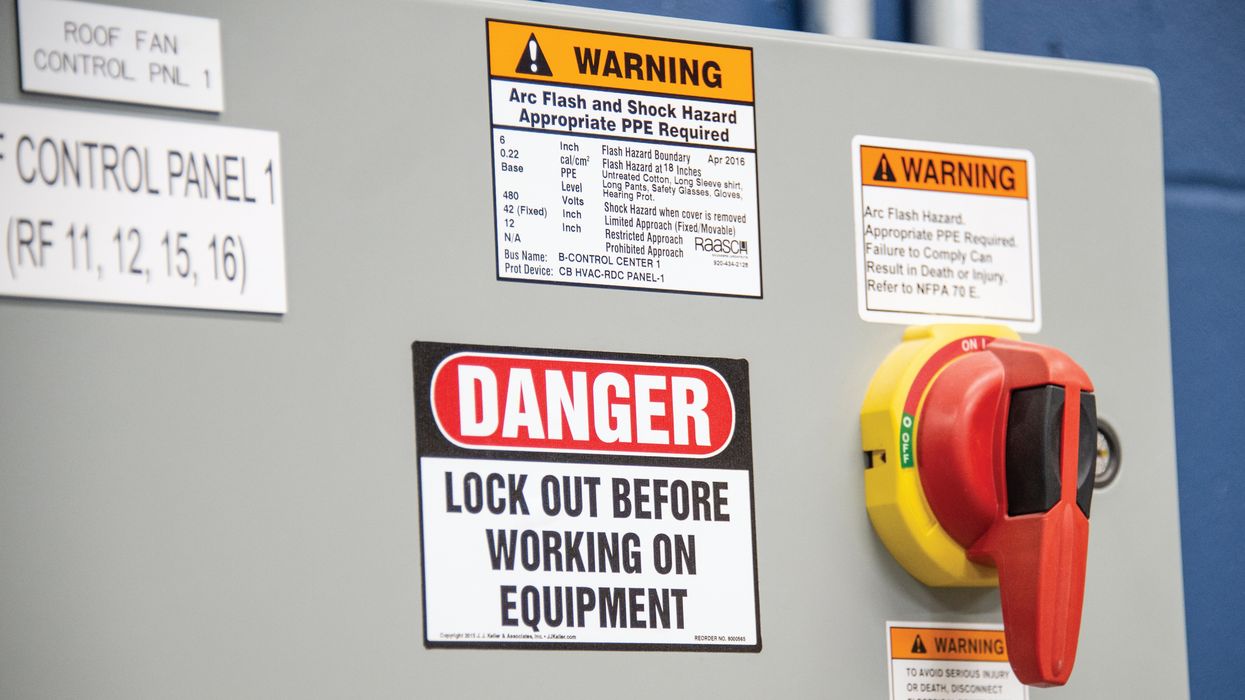How smoothly is your DOT testing program running?
A lot goes into managing DOT testing. The regulations are complex, and motor carriers have many administrative responsibilities.
The first step in evaluating the effectiveness of your testing program is checking what worked and what didn’t over the past year. This includes examining areas of your program that fall outside of the regulations since they may impact compliance in the areas that are regulated.
Consider these questions as you assess the administration of your DOT drug and alcohol program.
Is it time for a new DER?
The designated employer representative (DER) is your carrier’s point of contact for service agents, such as:
- Clinics,
- Labs,
- Medical review officers (MROs),
- Consortium / third-party administrators (C/TPAs), and
- Substance abuse professionals (SAPs).
The DER is responsible for specific actions, such as:
- Removing drivers from safety-sensitive functions after learning of a DOT testing violation,
- Directing recollections for negative dilute or invalid test results,
- Contacting drivers on behalf of the MRO during the verification process, and
- Informing drivers when a medical evaluation is necessary for a shy bladder or lung.
The regulations don’t specify which job title or department assumes the DER role. It could be:
- Human resources (HR),
- Safety, or
- Operations.
The DER must be a motor carrier employee and can’t be the employer’s third-party administrator.
If you find your current DER is not qualified or is a little overwhelmed with other job duties, you can reassign the role. Make sure your service agents know of the change. The new DER’s contact information must be provided to them.
Which department is best suited for program management?
Another consideration: Who is managing the program overall? It doesn’t have to be your DER, as that’s just one piece of your program administration. Many of the functions in your program can be done by whomever you want to designate in whatever department.
For instance, your HR department may be best suited to take on the role based on resources. In some scenarios, it might be a collaborative effort. For example, HR might provide the safety department with the list of randomly selected names for notifications or alert them when a candidate’s pre-employment drug test is negative.
If you find your program is noncompliant or not running efficiently, it may be time to rethink your choice of internal administrator or consider retraining the responsible party(ies).
If you find your operation just can’t keep up on this administrative process, it may be time to look to hiring a third party to help you out.
Are your service agents performing as expected?
Service agents are key players in your DOT testing program. Service agents are not regulated by the DOT, so the department has no authority to levy fines or penalties against them. That means any errors they make are attributed to your carrier.
Take into consideration the frequency and severity of any errors made by your service agents. You can ask to see their training records as a term of your contract.
Specific to collection sites, consider the facility’s location, hours of operation, and rates.
When using a C/TPA, determine:
- Which parts of your program you are willing/need to outsource,
- Whether the program is being managed compliantly, and
- Whether the C/TPA communicates test results and other information in a timely fashion.
Will minor changes fine-tune your random selections?
DOT requires that motor carriers meet their annual testing rates within the calendar year. Failure to do so may indicate a problem with the overall administration of your program. For instance, the selection period is left to the discretion of the motor carrier, but it must be at least quarterly. When making the decision, carriers should consider factors such as:
- The size of their testing pool,
- The availability of staff to carry out notifications, and
- How testing will be impacted by busy and slow seasons.
A more frequent testing cycle (e.g., monthly) results in a smaller selection carried out in less time, while an infrequent selection period (e.g., quarterly) results in a larger selection carried out over a longer time.
In addition, the random testing rates appearing in 382.305 are the minimum. A carrier may select names at a higher rate to compensate for canceled or missed tests throughout the year since they do not count toward the minimum. This business decision must obviously consider the cost of the additional tests.
And, finally, if immediate supervisors fail to notify drivers to go for testing, consider creating electronic calendar reminders to cue supervisors to send the drivers. If the issue is indifference, it may be time for training, discipline, or reassigning of the role to another supervisor.
Key to remember: Many facets of managing a DOT testing program deal efficiency and competency, which ultimately affect safety. As you audit your program, understand the connection between administration and regulatory compliance.






























































